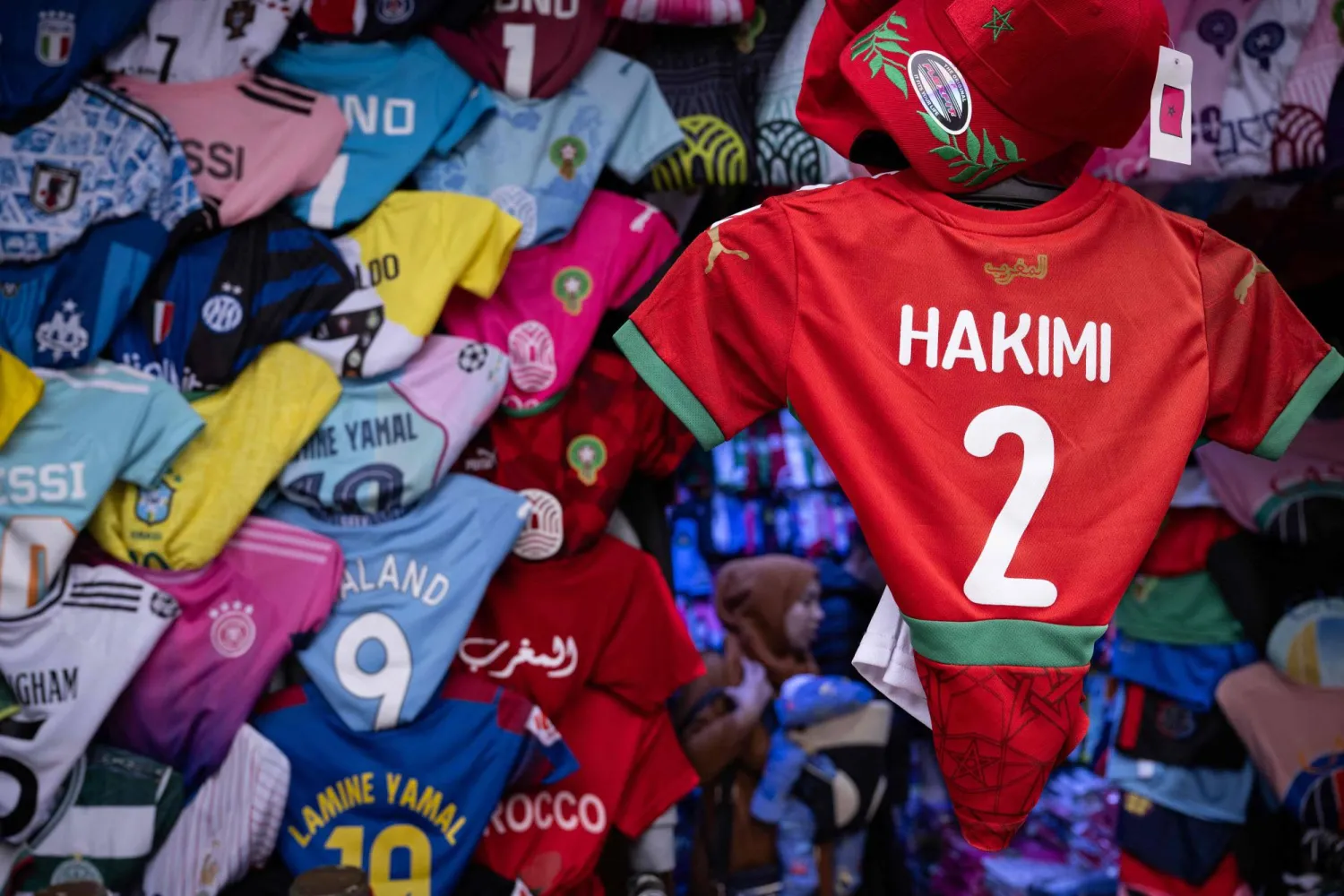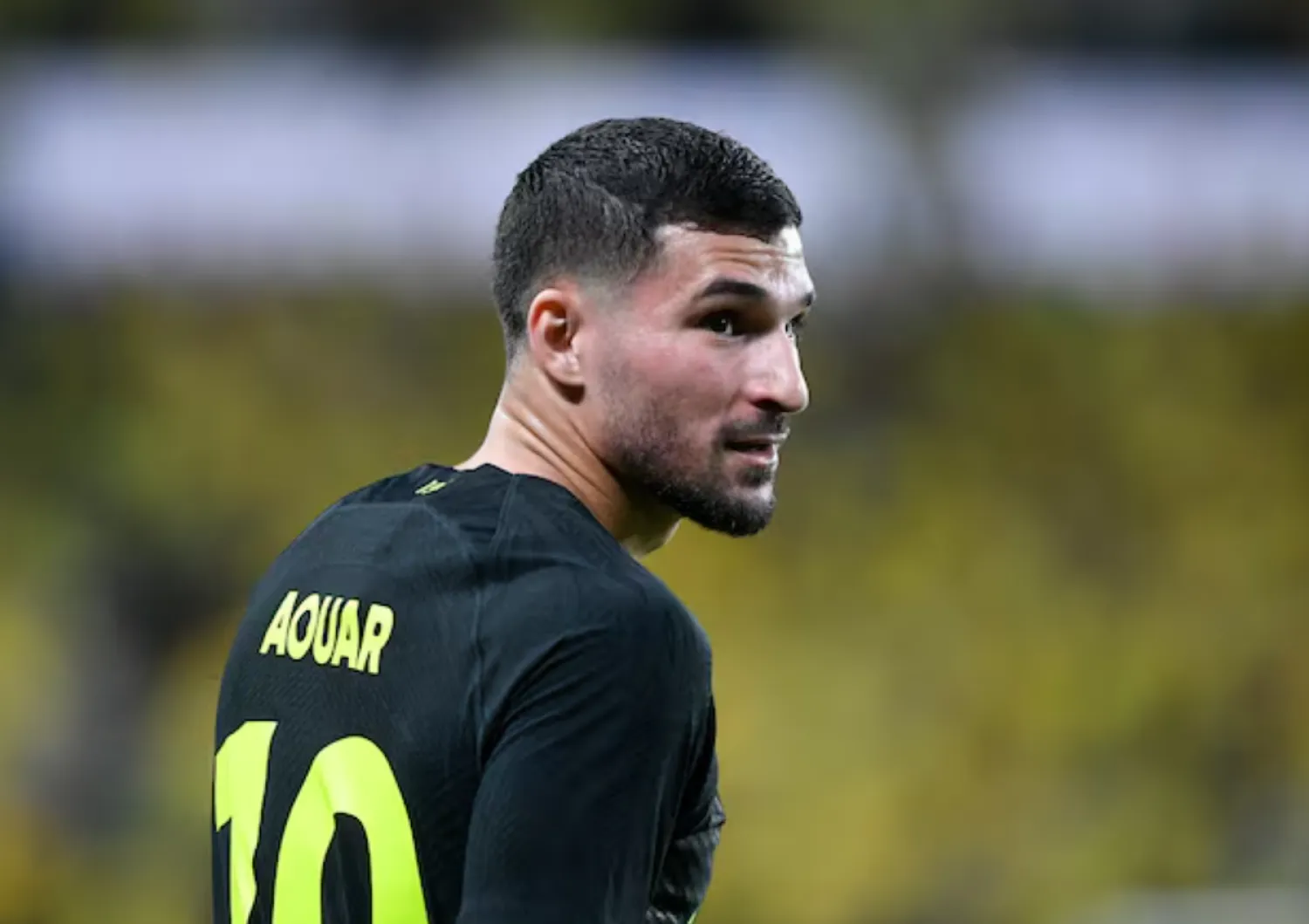The Poststadion still stands, about 10 minutes’ walk north-west of Berlin’s Hauptbahnhof. It’s set up for American football these days and this summer it was the centre of Berlin Pride. But in 1936, it was there that Adolf Hitler, for the only time in his life, attended a football match.
Hitler, like a lot of dictators, was suspicious of football. It was too unpredictable, the crowds that followed it too large and anarchic. But Germany had been impressive in beating Luxembourg 9-0, and nobody thought much of Norway, so Hitler, along with several other senior Nazis including Hermann Göring, Joseph Goebbels and Rudolf Hess went to the quarter-final.
Germany’s assistant coach was Sepp Herberger, who would later lead West Germany to victory at the 1954 World Cup. He had been sent to watch Italy v Japan, the winners of which would play the winners of Germany’s quarter-final, so he was not at the Poststadion. He returned to the team base and was tucking into a dinner of knuckle of pork and sauerkraut when he saw one of the other coaches, Georg Knöpfle, return. He knew from his face it had all gone badly wrong, pushed his plate away and never ate knuckle of pork again. Germany had lost 2-0.
Italy beat Norway in the semi-final and went on to overcome Austria in the final, adding Olympic gold to the World Cup they had won two years earlier. They would add another World Cup in 1938. But their coach, Vittorio Pozzo, always said that 1936 was arguably his greatest achievement given he was in effect leading a team of students (albeit five of them subsequently turned pro). In Germany, by contrast, there was no professional football and so the host’s squad was a full-strength one.
That’s always been the problem with men’s Olympic football. Unlike the women’s game, which has no limitations on who is eligible to play, the men’s tournament has dealt with restrictions and questions of amateurism. And different countries have interpreted amateurism in different ways, with a huge bearing on results. The Uruguay team that took gold in 1924 and 1928, for instance, was undeniably brilliant but very few of their players would have met more stringent European definitions of amateurism; Jules Rimet, the president of Fifa, essentially waved them through to enhance non-European participation and to give the competition a more global feel.
That’s why from 1952 to 1988, every Olympic football gold (bar 1984 when the eastern bloc countries boycotted the games) was won by a team from a communist nation. Their players were technically state employees working in the army or the interior ministry or for various factories or unions and so were deemed amateur as they were not officially paid for playing sport. That’s not to say none of them were great teams – the Hungary of 1952 went on to reach the final of the 1954 World Cup; the fine Soviet Union team of 1956 would be devastated before the next World Cup by the conviction of their centre-forward Eduard Streltsov for rape; the Poland side of 1972 eliminated England in qualifying for the 1974 World Cup at which they finished third – but neither were they competing against the cream of the rest of the world.
After the collapse of communism, the men’s tournament has been for under-23 players, with three overage players permitted from 1996. Spain in 1992 were widely regarded as one of the great home successes of the Barcelona Olympics, and their squad did include Pep Guardiola and Luis Enrique. At its most generous interpretation, there was evidence there of the beginnings of the superiority of Spanish youth development, but it would be a long time before that manifested as a major international trophy.
There were thrilling victories for Nigeria in 1996 and Cameroon in 2000, which seemed part of a more general process of improvement in African football. Since then, though, at least in terms of getting closer to challenging seriously for a World Cup, African football has largely stagnated.
Philadelphia Union midfielder Cavan Sullivan looks on during Wednesday’s game against the New England Revolution at Subaru Park in Chester, Pennsylvania.
The last five champions have all been Latin American, largely because of the willingness of Argentina and Brazil to send major stars such as Lionel Messi and Neymar. Kylian Mbappé seemingly wanted to play this time but after competing in the Euros, his club Real Madrid refused to grant him a waiver to play this summer. France’s overage players are Loïc Badé, Alexandre Lacazette and Jean-Philippe Mateta. Argentina are sending Gerónimo Rulli, Julián Álvarez and Nicolás Otamendi. Spain haven’t named a player over 24 and only two of their squad have ever won a full cap, suggesting how they regard the competition. The US, meanwhile, have named only one uncapped player, with their roster featuring 114 combined senior caps. Mali will lead the African challenge, while there will be obvious symbolism to Ukraine’s participation.
But the truth is that in men’s football, the Olympics doesn’t really matter and hasn’t done so since the advent of the World Cup, providing a tournament for all players, amateur and professional, in 1930. At best, it offers a snapshot of a political mood or provides evidence of promising young players who may develop over the decade to follow. No Olympic gold is entirely worthless, but few mean less than that in men’s football.
The Guardian Sport









